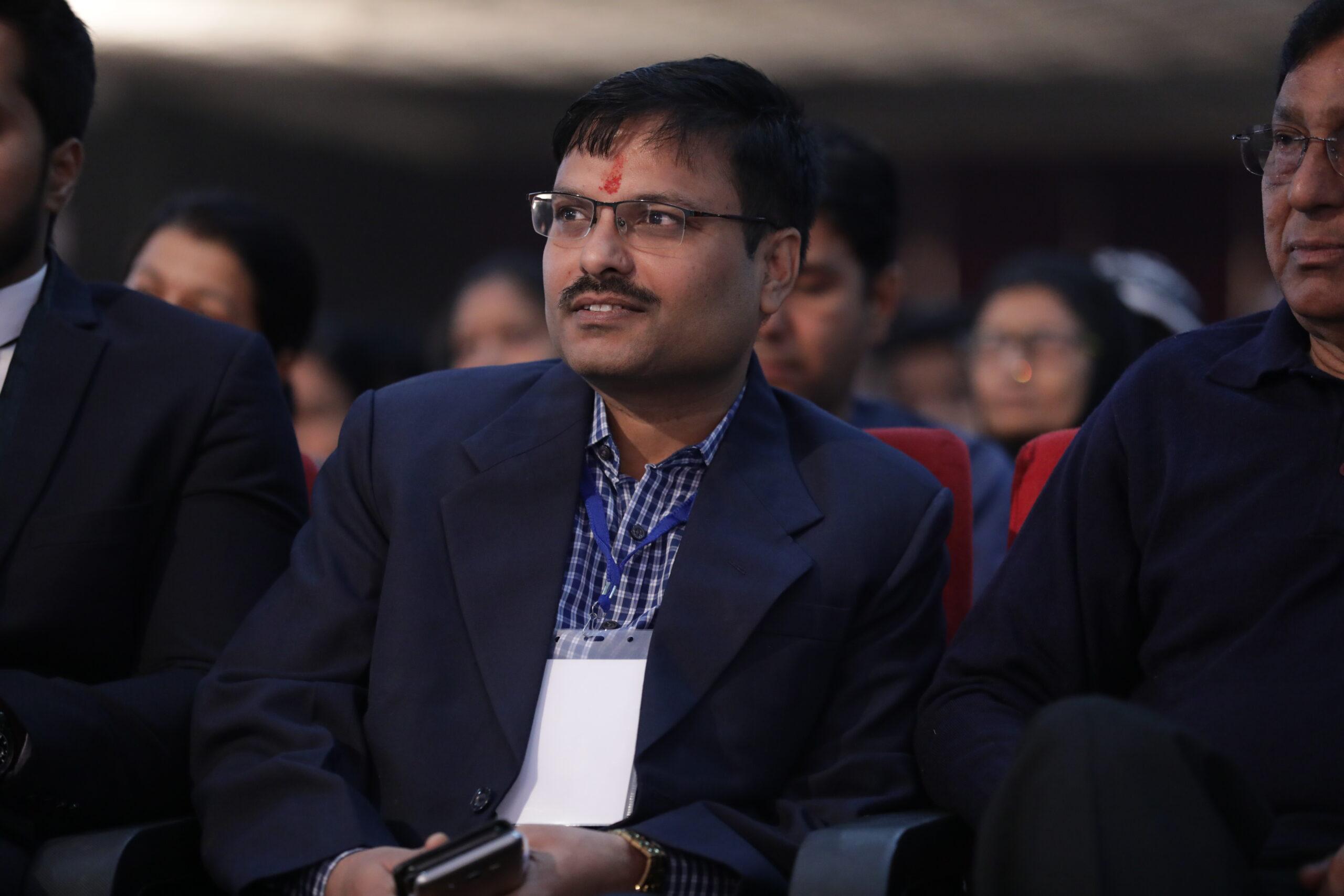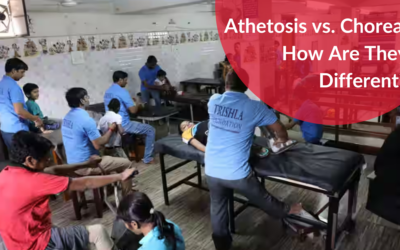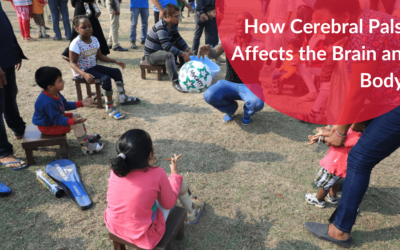Athetoid cerebral palsy disease belongs to the group of cerebral palsy, which is a non-progressive disorder that limits activity by affecting motor control circuit development. These non-progressive disturbances can result from mishaps during fetal development or even in the infant’s brain. As of now, cerebral palsy is the most common cause of disability in children. Luckily, there are treatment options available to help improve the condition.
Understanding physical
Once the child starts showing cerebral palsy symptoms, the parents must take the step right there and visit the doctor for an evaluation. Based on the family and child’s medical history, the doctor can diagnose things correctly and develop a proper treatment strategy. Herein, non-motor comorbidities are also common in the case of athetoid cerebral palsy like any other type. It will include intellectual impairment, speech problems and epilepsy, poor feeding, weight loss, sleep disturbances, and respiratory disturbances.
Thus, a physical exam is essential for evaluating patients. It is necessary to identify the disease and associated co morbidity. Herein, the abnormal muscle tone, abnormal movement and its distribution categorize the subtypes. The typical clinical findings in the case of athetoid cerebral palsy include.
- In Early Infancy
In Early infancy most of time there will be delayed motor development, variable tone with abnormal movements while hypotonic is very common, decreased spontaneous movements, and also persistence of primitive reflexes.
- By Age 2 To 3
In this case, abnormal posturing and involuntary movements are typical. These include consistently moving the head to one side, flashing the shoulder, extending the head, and retracting the shoulder while prone.
The type of movement can quickly characterize involuntary movements. The athetoid cerebral palsy indicates choreoathetosis, which will include athetosis and chorea. Here, chorea will consist of rapid and irregular muscle contraction in the face and proximal or distal part of extremities, such as the toes and fingers. On the other hand, athetosis involves twisting movements of the distal extremities. But can also affect proximal extremity. Also, stress and emotional aspects can worsen with these movements.
It is crucial that the issue is identified correctly and proper measures are taken to ensure the child gets the right treatment for recovery.
Treatment and Management
When it comes to athetoid cerebral palsy, the management of symptoms is essential for improving the quality of life of the child. This will involve managing choreoathetosis and dystonia. Also, it aims to help with issues like disability, pain, and discomfort. There is also a focus on known comorbidities. This includes depression and epilepsy. The other issues also include optimal nutrition and orthopedic complications. All these symptoms and aspects should be managed from an interprofessional team approach. The team will have therapists, clinicians, and behavioral health specialists. In short, the treatment will be based on decreasing the disability burden while also maximizing the patient’s quality of life.
Certain modifications are used in treating athetoid cerebral policy, but most show low efficacy. All these medication are used as per requirement.
Alternatives are sometimes used instead of oral medications. This includes intrathecal Baclofen. It can be administered at a low dosage and has lower side effects. Studies have demonstrated that the medication decreases dystonia.
Further, deep brain stimulation has been used for patients with athetoid cerebral palsy over the last few years. It is often used to decrease dystonia. Although it decreases dystonia, there is less benefit in terms of quality of life and functionality compared to that seen in patients with primary dystonia.
Botulinum toxin is yet another treatment tried and trusted for the management of dystonia in athetoid cerebral palsy. There is a lot of evidence that it decreases pain and dystonia in those suffering from the condition. But just like deep brain stimulation, there is more evidence of its therapeutic value in those who have primary dystonia.
Specialized therapy & assistive devices are the primary mode of treatment in athetoid cerebral palsy. Specialized therapy include positioning, relaxation, talcum powder massage, posture control, activity oriented therapy etc. specialized therapy along with medication works wonder. Orthopaedic surgery are required only to manage associated contracture & joint deformity.
Prognosis
Cerebral Palsy prognosis can help the patient know how severe the situation/disease is. Their life span will depend entirely on the severity of the disability and also the complications associated with it. Those who are severely disabled will have lower life expectancy versus those who are less severely disabled. There is a higher number of deaths in patients who have athetoid cerebral palsy than any other subtype of CP due to a higher amount of complications and disability.
As seen in other cases of CP, the most common cause of death is respiratory failure, which comes secondary to aspiration and pneumonia. But in the case of athetoid cerebral palsy, motor impairment is the most severe than any other form. Patients with this form of cerebral palsy often score higher on the gross motor function classification system and also the manual ability classification system. There is a considerable correlation between the amount of disability and dystonia level, even more so than choreoathetosis.
Conclusion
The patient who has athetoid cerebral palsy leads a challenging life. If you have a kid at home suffering from the same, consider trusting the Trishla Foundation to start with the treatment right away. Experts at Trishla Foundation have significant experience and will be able to help your child get proper treatment. The experts will identify the severity of the case and devise a proper plan to help the child get customized treatment. Your child will have a better quality of life with appropriate management and treatment. So, instead of waiting, consider getting professional support and ensure your child does not suffer.







